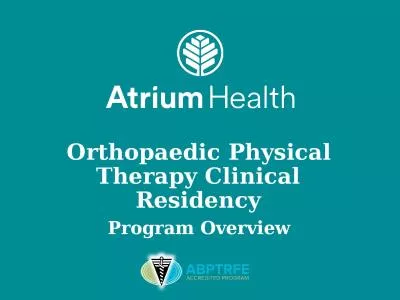PPT-Nurse Practitioner Residency Training Program:
Author : calandra-battersby | Published Date : 2016-12-02
Training to Complexity Training to a Model Training for the Future National Workforce Meeting Denver CO Amy Barton PhD RN FAAN Associate Dean amp Professor University
Presentation Embed Code
Download Presentation
Download Presentation The PPT/PDF document "Nurse Practitioner Residency Training Pr..." is the property of its rightful owner. Permission is granted to download and print the materials on this website for personal, non-commercial use only, and to display it on your personal computer provided you do not modify the materials and that you retain all copyright notices contained in the materials. By downloading content from our website, you accept the terms of this agreement.
Nurse Practitioner Residency Training Program:: Transcript
Download Rules Of Document
"Nurse Practitioner Residency Training Program:"The content belongs to its owner. You may download and print it for personal use, without modification, and keep all copyright notices. By downloading, you agree to these terms.
Related Documents

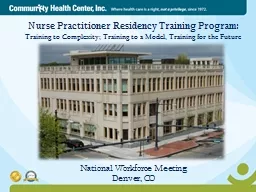
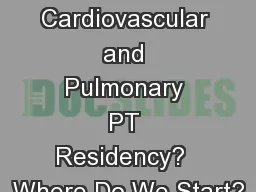
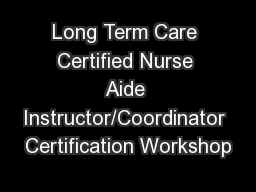


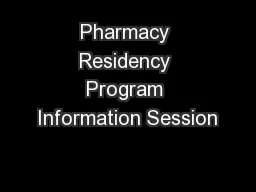

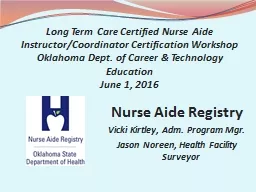
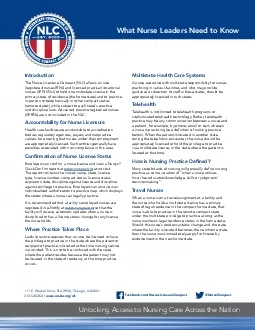
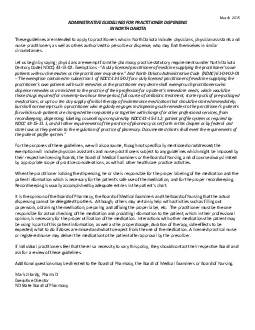


![[DOWNLOAD] The Psychiatric-Mental Health Nurse Practitioner Certification Review Manual](https://thumbs.docslides.com/1005926/download-the-psychiatric-mental-health-nurse-practitioner-certification-review-manual-mental-health-book-uses-outline-format-highlights-psychiatric-nurse-practitioner-board-certification-practice-exam.jpg)
